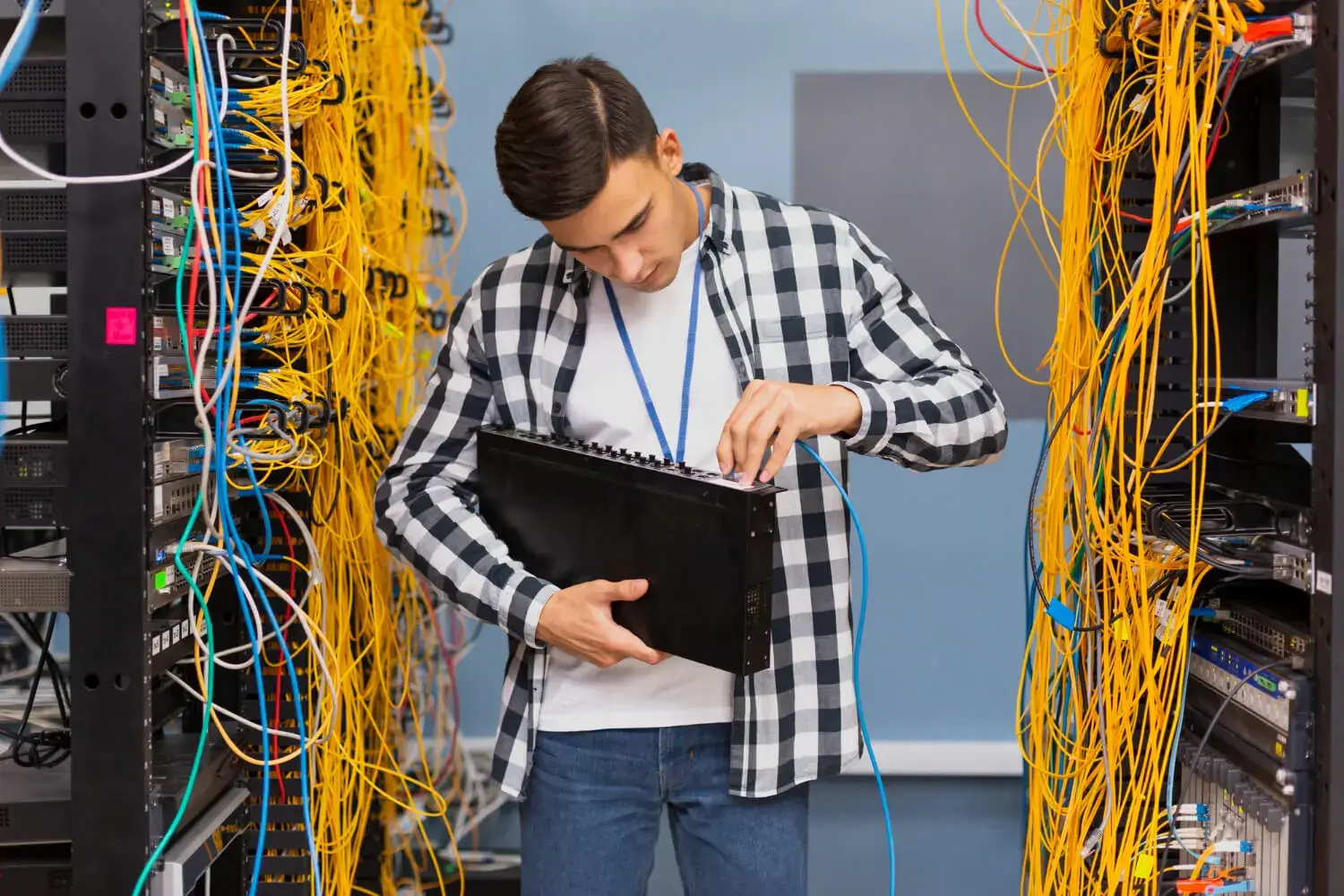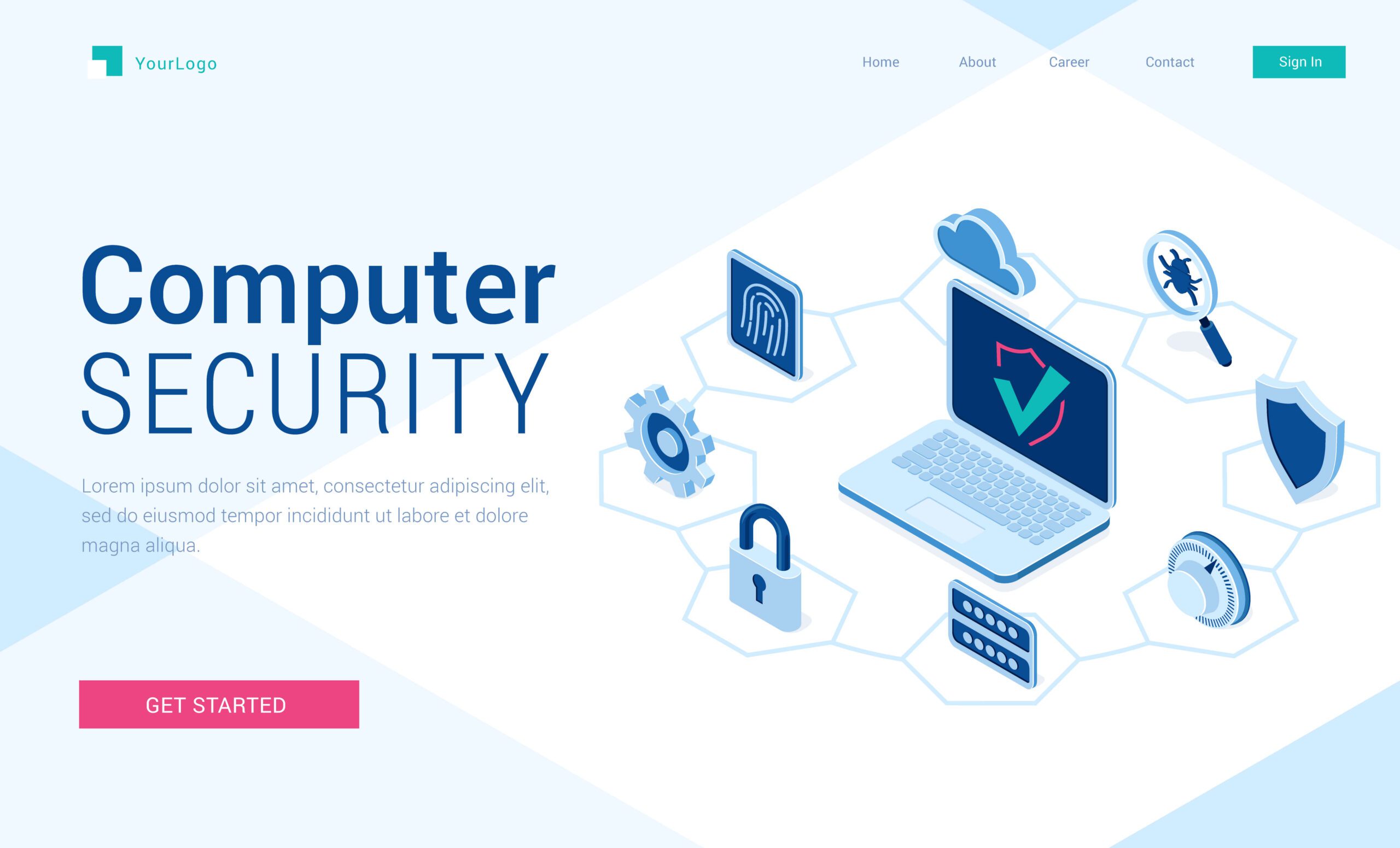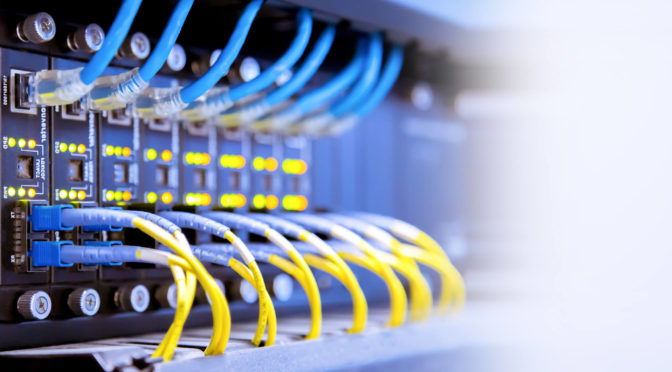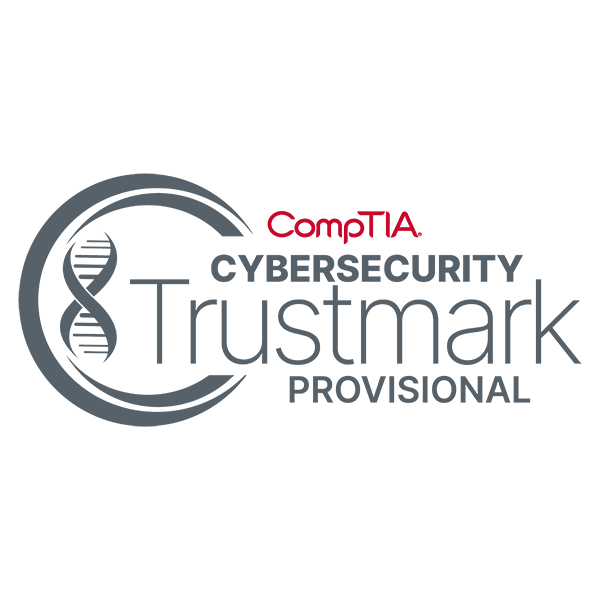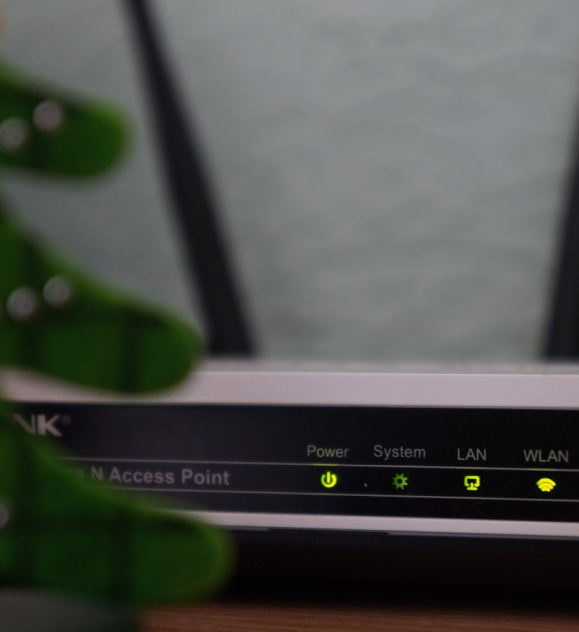
Network Management Services
Succurri provides high-end network management services to companies wanting to take their IT to the next level.
- 24/7 Monitoring & Advanced Cybersecurity
- Fully Certified Team
- Dedicated vCIO
- Unmatched Customer Satisfaction
Schedule a Call with Us
Jump To:
Service Details
Our Core Service Areas
Here are the services we offer within the broader category of IT.
SD WAN
Software-Defined Wide Area Network is referred to as SD-WAN. It simply indicates that we improve the intelligence and effectiveness of your company's internet connection.
Software & Hardware Lifecycle Management
Managing the software and hardware lifetime of your company may seem simple—just replace machines when they break and renew licenses.
Hardware Virtualization
With so many alternatives accessible, Succurri can provide a solution for your firm, no matter what your hardware virtualization requirements are.
Network Monitoring
Solution to proactively prevent network and workstation IT issues. With our network monitoring and remote maintenance solutions.
Printer Management
Printers may appear straightforward at first glance, but in a corporate setting, controlling numerous devices, users, and print jobs over a network.

A GUIDE TO UNDERSTAND & ACHIEVE BUSINESS INTERNET RELIABILITY
Our PROCESS
What Is the Onboarding Process for Our Network Management Services?
As a family-owned enterprise, Succurri is dedicated to providing reliable and relevant IT solutions, including Network Management services, to clients across various industries, ensuring their efficiency, security, and performance.
The following outlines the onboarding process for new Clients.
Our thorough yet streamlined onboarding process involves a detailed orientation to help us understand your company’s IT requirements, business structure, company culture, vision, mission, and values.
We believe by doing this, we align closely with our clients and their unique needs. It is fundamentally the basis on which the client relationship is built. It ensures that we determine and deliver the most optimal IT solution for your business to ensure growth.
The internet has revolutionized the operation of business internet plans, making the world of business increasingly reliant on it.
Here is a step-by-step breakdown of our network management services process:
Discovery of Your IT Needs
The first step of our network management services onboarding process is a Discovery Call to understand the business objectives that influence your IT requirements. We take the time to understand your company’s existing IT infrastructure and how many people are supported by your network remotely.
We discuss how you currently manage your technology as well. This helps us determine the IT maturity level of the company.
Based on this, we gauge how to follow up with a custom approach to managing and implementing IT Network Management solutions for your business.


Scope Discovery & On-Site Visit
The next step involves an onsite visit.
We gain a better understanding of your business processes and IT Network Management requirements by physically inspecting your premises and the technology you use. We believe going the extra mile is what sets us apart from our competitors.
This includes examining the following: intrusion security, antivirus security, hardware, computer privacy, file transfer and storage, email security, file backup and restoration, data retention and management, ERP, and other software performance.
A face-to-face meeting with your team or stakeholders can be a crucial step in ensuring the success we have together once the actual onboarding project starts.
Additionally, it builds trust and provides a better understanding of the project scope, allows for real-time problem-solving, and helps identify potential threats or roadblocks.
Scope of Work & Quotation
After gathering all the necessary information, we analyze the data to draw logical conclusions, identify IT-related issues, and recommend the best-suited IT services.
During this step of our process, we meticulously identify the optimal IT solutions to ensure your business moves forward, protected, and enhanced.
We provide you with a quote outlining the details of the services, alongside the corresponding pricing and timeline necessary to onboard you as a new Client.


Master Service Agreement (MSA)
Upon acceptance of the presented quote for our network management services, we prepare a Master Service Agreement.
This document offers our Clients comprehensive information related to the proposed project plan, any ongoing services to be provided, pricing, and terms and conditions. This is a clear and comprehensive document outlining our relationship.
Network Audit
The network audit is a comprehensive evaluation of a company’s technology infrastructure. It comprises several critical components that ensure that the network is running optimally and securely.
These include technology audit, software scan, connectivity and speed testing, technology life-cycle, and cloud environment analysis.
At this point, we have the full picture of your IT infrastructure, support needs, and business objectives.


Client Onboarding Process
Our automated client onboarding process has been designed for us to begin managing your technology for you with all the appropriate access. Our streamlined process enables us to integrate with our client’s IT environment seamlessly.
We prioritize making the process as smooth and easy as possible for our Clients, saving time, providing comprehensive support, and enhancing security.
Implementation
Expert IT Engineers
Our team of experienced IT professionals ensures that the implementation process is seamless and efficient. We also provide comprehensive training and support to ensure that our clients can fully utilize the new system and maximize its benefits.

Network Management Services
IT Management Services & Support
Network Monitoring
Proactively prevent network and workstation IT issues with our remote monitoring solution.
We know how frustrating it can be whenever a computer, a printer, or your network goes down. It prevents people from being able to complete their daily tasks, which adds to the cost of operations, and the cost of repairing the problem. With Succurri’s remote monitoring service, you never have to worry about that again.


IT Infrastructure
Eliminate the expense of keeping your hardware up to date.
How many of your workstations or other pieces of equipment are out of date and due to be refreshed? If you are like other small businesses, then you are more than likely to have a couple clunkers that could be replaced. Many times it’s a matter of taking on the capital expense of buying new hardware, but eventually, you’ll begin to see the effect it has on your company’s efficiency.
Inefficiency that results from malfunctioning or antiquated hardware will cost you more in downtime than you may realize. With Succurri’s Hardware as a Service (HaaS) solution, you don’t have to worry about failing hardware.
Mobile Device Management
Start widening the perimeters of business computing with Succurri's mobile device management system.
Your employees all carry around, and depend on, many types of devices. Smartphones, Tablets, NetBooks, you name it, they have it. In order to capitalize on this shift in mobile computing, your company needs to put in place a “bring-your-own-device” policy that protects both your company and your staff. At Succurri, we have the answer for this necessary integration: Our mobile device management solution.


Printer Management
With the cost of ink and paper, printing can become a money pit.
It may surprise you how much your company is spending on printing. Materials that printers use aren’t cheap, and without proper oversight over your company’s printing situation, it’s easy for there to be a lot of waste. Having multiple printers on your network makes it that much more difficult to keep track of your organization’s printing costs.
Business Internet Services
A reliable, high-speed Internet connection will give your business the digital foundation it needs to grow.


SD WAN Services
Providing you the best internet experience, worry free.
Cabling and Wiring
We connect your business, so you can connect to your customers.
At Succurri, we understand how important a properly planned and executed computing infrastructure is to your business. Our knowledgeable and trustworthy IT technicians are well-known in the area for providing thorough wiring and cabling expertise that will meet your company’s infrastructure needs. Our technicians are versed in industry best practices in regard to network mapping, setup, and management.

Resources
Frequently Asked Questions
What is network management & what are network management services?
The term “network management” describes the control, use, and upkeep of computer networks inside a company. It entails maintaining optimal performance, availability, and security across network components including routers, switches, servers, and firewalls through monitoring and control. Tasks including network monitoring, configuration management, performance optimization, troubleshooting, and security management are all part of network management. It seeks to provide stable connectivity, effective data transfer, and smooth functioning of network resources.
Organizations may support their business goals by managing the network infrastructure efficiently to increase productivity, decrease downtime, reduce security threats, and maximize network performance.
What is a network management system?
A network management system (NMS) is a platform or tool that runs on software and is used to monitor, manage, and control computer networks. It offers a centralized interface for network administrators to keep track of network hardware, collect performance information, set up the network, and troubleshoot problems. Network monitoring, device identification, fault management, performance monitoring, configuration management, and reporting are examples of capabilities that are commonly included in NMS. It aids administrators in identifying and fixing network issues, tracking performance indicators, and ensuring the continuity of the network infrastructure.
Organizations may effectively manage their networks, boost efficiency, and proactively deal with network issues for dependable and secure network operations by implementing a network management system.
Why is network management so important?
The seamless and effective functioning of computer networks within enterprises is made possible by network management, which is essential. It enables network managers to maintain security, quickly identify and fix problems, and monitor network performance. By guaranteeing dependable connectivity, effective data transfer, and optimal performance of network devices, effective network management reduces downtime, increases productivity, and improves user experience.
Additionally, it makes it possible to proactively identify and mitigate potential security concerns, securing sensitive data and preventing unwanted access. In general, effective network administration is essential for preserving a reliable and secure network infrastructure, assisting in business processes, and enabling enterprises to fully utilize their network resources.
What are the 5 different types of network management services?
There are five main categories of network administration: fault, configuration, performance, security, and network accounting management. The goal of fault management is to preserve network dependability by locating and fixing problems. Manage device settings and guarantee consistency throughout the network using configuration management. Monitoring network performance indicators is part of performance management, which aims to maximize effectiveness.
Implementing and maintaining network security measures to guard against unauthorized access and online threats is the core goal of security management. Monitoring resource utilization for invoicing and improving resource distribution are both part of network accounting management. Organizations may assure dependable network operation, efficient performance, secure data transfer, and effective resource use by applying various sorts of network management, which will increase productivity and provide a robust network infrastructure.
What are the 3 major functions of network management services?
Fault management, performance management, and configuration management are the three primary responsibilities of network management.
To guarantee network availability and reduce downtime, fault management entails monitoring the network, identifying anomalies or faults, and swiftly investigating and fixing problems.
To maximize network efficiency, spot bottlenecks, and guarantee the best user experience, performance management places a strong emphasis on tracking and evaluating network performance indicators including bandwidth usage and response times.
To ensure network security and operational stability, configuration management includes monitoring and maintaining network device settings, guaranteeing consistency among devices, applying updates, and regulating access.
Together, these activities give enterprises the ability to efficiently manage their networks, guarantee dependable connectivity, boost performance, and keep up a trustworthy and effective network architecture.
Cisco Partnership
We sell, deploy, and manage Cisco and Cisco Meraki networking products, under strict industry best practices for scalability and security, ensuring your business will not be stifled by inadequate infrastructure planning or operations.

